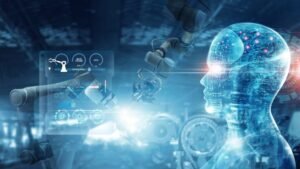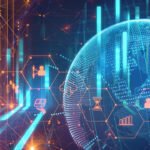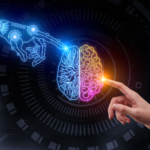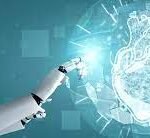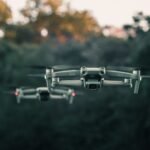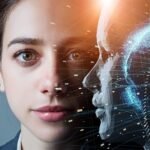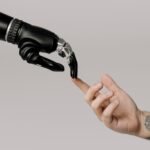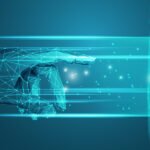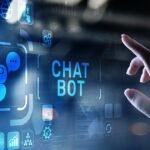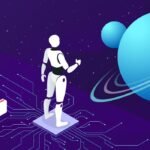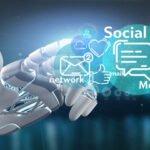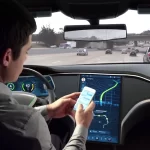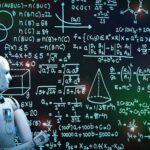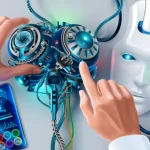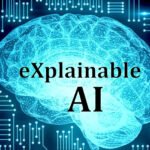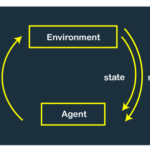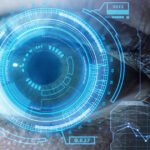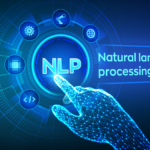How AI is Transforming Industries
Artificial Intelligence (AI) has emerged as a transformative force, reshaping industries across the globe. With its ability to analyze vast amounts of data, make accurate predictions, and automate complex tasks, AI is revolutionizing the way we work, communicate, and interact with technology. In this blog, we will explore how AI is transforming various industries, unlocking new opportunities and driving unprecedented advancements.
Healthcare: Improving Diagnosis and Treatment
AI is revolutionizing healthcare by enhancing diagnostic accuracy, enabling early detection of diseases, and personalizing treatment plans. Machine learning algorithms can analyze medical images and data to detect anomalies and assist radiologists in identifying diseases such as cancer. AI-powered virtual assistants and chatbots provide patient support, offer medical advice, and triage patient conditions. Additionally, AI-driven drug discovery is speeding up the process of identifying potential treatments and improving patient outcomes.
Finance: Enhancing Efficiency and Risk Management
In the finance industry, AI is transforming operations, customer service, and risk management. Machine learning algorithms can analyze vast amounts of financial data, enabling banks and financial institutions to make more accurate predictions for investment strategies, fraud detection, and credit scoring. AI-powered chatbots and virtual assistants are improving customer experiences by providing personalized financial advice, facilitating transactions, and handling routine inquiries.
Manufacturing: Optimizing Processes and Automation
AI is revolutionizing manufacturing by optimizing processes, increasing efficiency, and enabling intelligent automation. Predictive analytics and machine learning algorithms help optimize supply chains, demand forecasting, and inventory management, reducing costs and improving production efficiency. AI-powered robots and automated systems are transforming assembly lines, improving precision, speed, and safety in manufacturing operations.
Retail: Personalizing Customer Experiences
AI is reshaping the retail industry by providing personalized customer experiences and enhancing sales and marketing strategies. AI algorithms analyze customer data and behavior to offer personalized product recommendations, promotions, and targeted advertisements. Chatbots and virtual assistants are used to assist customers, provide product information, and handle inquiries. Computer vision technologies enable cashier-less stores, automated checkout systems, and inventory management.
Transportation: Enabling Autonomous Systems
AI is driving significant advancements in the transportation industry, particularly in autonomous systems. Self-driving cars and trucks, powered by AI algorithms and computer vision, are set to revolutionize transportation, offering improved safety, efficiency, and reduced congestion. AI-powered systems optimize route planning, traffic management, and logistics, improving the overall transportation experience.
Education: Personalizing Learning Experiences
AI is transforming education by enabling personalized learning experiences, adaptive assessments, and intelligent tutoring systems. Machine learning algorithms can analyze student data to identify individual learning needs, provide tailored recommendations, and adapt instructional content. Virtual reality (VR) and augmented reality (AR) technologies powered by AI enhance interactive learning experiences, making education more engaging and immersive.
Agriculture: Optimizing Crop Management and Yield
AI is revolutionizing agriculture by optimizing crop management, monitoring, and yield prediction. AI-powered systems analyze soil conditions, weather data, and crop health information to optimize irrigation, fertilizer usage, and pest control, leading to higher crop yields and reduced environmental impact. Drones equipped with AI and computer vision technologies provide real-time monitoring of fields, enabling early detection of crop diseases and targeted interventions.



